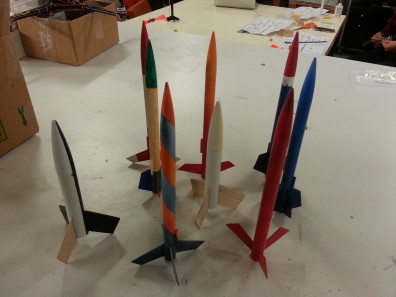We are starting this year with a great turnout for the first meeting 20+ people! For those of you wanting to get involved there are a few things to know.
First of all we are going to move team communication to a teamwork chatroom called slack. I recommend getting the desktop app and mobile app.
Follow the link and create an account
https://wsuaerospace.slack.com/
We are organizing ourselves into the following subteams:
Structures
This team will include but is not limited to Fuselage, Aerodynamics, Interfaces between parts.
Electronics
All things including wires and PCB’s primarily in assistance with the recovery system. Electronics will also likely need to interface with the hybrid propulsion
Recovery
With big plans to make our own ram air parachute, there is a lot of work to do as far as sewing of our own parachute, and the control system with plans to guide it back to the launch site
Payload
The conversation has been started with Pullman high school as we look to a high school senior to design and build a payload to go up in our rocket
Hybrid Propulsion
This is a continuation of ME483 taught last semester, the hybrid team from the class will lead up a team with the club to develop a hybrid propulsion system for our rocket.
Solid Propulsion
Lastly A team is going to be assembled for creation of a custom casted solid rocket motor. Safety being the top priority for both of these teams!
As members new and old select teams keep in mind that nobody is confined to a box by selecting a team, this is just for your primary interest.
Feel Free to email me if there are any issues getting onto slack
Kevin.cavender@wsu.edu
Next up:
We are going to be putting together a house of quality for our rocket the final will be posted on the site.

